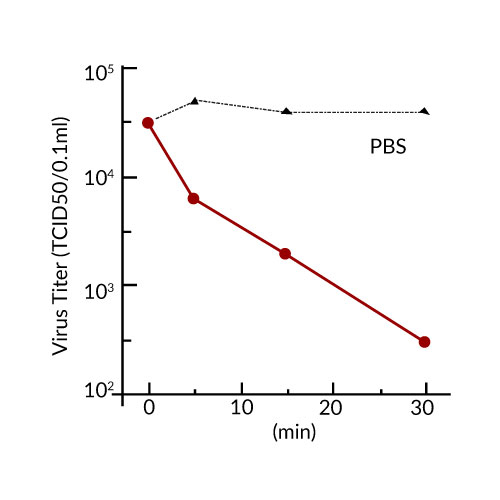Photocatalyst
Not all Photocatalyst Technology is created the same
What is Photocatalyst
A photocatalyst is a substance that generates catalyst activity using energy from light. Titanium dioxide is the typical material. As well as accelerating chemical reactions like a regular catalyst, the surface of the titanium dioxide photocatalyst has the characteristic of becoming hydrophilic due to the reaction with light. Source: Photocatalysis Industry Association of Japan (PIAJ).
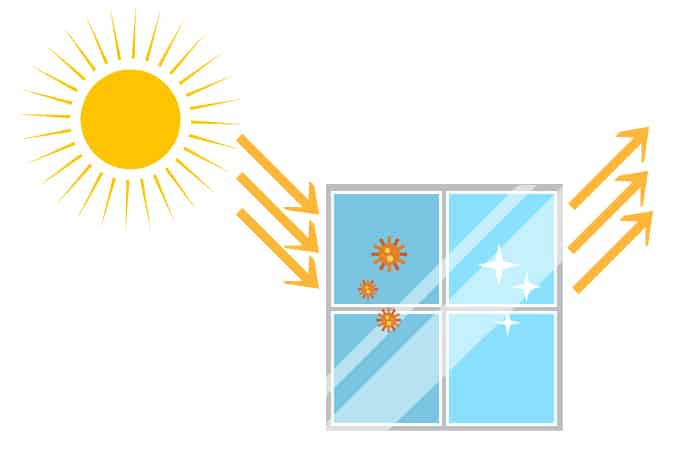
Theory of photocatalyst was discovered first by NASA and then further developed by Japanese chemists in 1972. In 1992, coating method of TiO2 (Titanium dioxide) was developed, which has proven that organic materials were decomposed by radicals coming from the photocatalytic reaction.
The 6th Generation PTAF
Photocatalyst Titanium Apatite Filter (PTAF) is a breakthrough technology that is reported to kill SARS. It is highly sensitive to light and has the ability to function even under weak lighting condition therefore performing 5.9 times more efficient than other products. Certified and Patented (No. 2832342 & No. 3975270) in Japan.
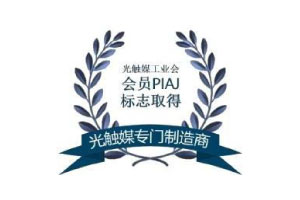
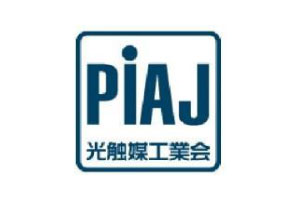

Super adsorption and long lasting
Apatite/TiO2 creates a porous film enhancing the adsorption effect of pollutants 24/7 and long lasting (tested up to 5 years).

Tested against SARS and many other virus
Lab tested and evaluated against SARS virus and others

Works even on weak, cold and visible lights
Covering majority of light band. Perform 5.9 times more efficiently than other products.
Test Cleanliness with ATP
ATP (Adenosine Triphosphate) testing technology gives you the data you need to make informed decisions when it comes to microbiological threats.
Test Results
When tested under UV irradiation, “the inhibition rate of SARS coronavirus by PTAF was 100%.”
Bird Flu Test Result
Result
99.0% killed in 30 mins
S. Aureus Test Result
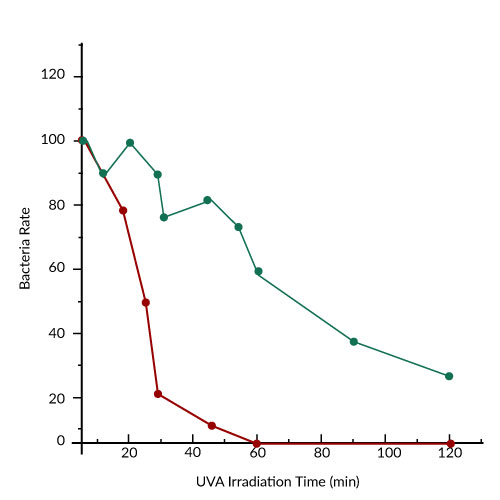
Result
99.9% killed in 120 minutes
Bacterial Survival Rate – Pseudomonas Aeruginosa
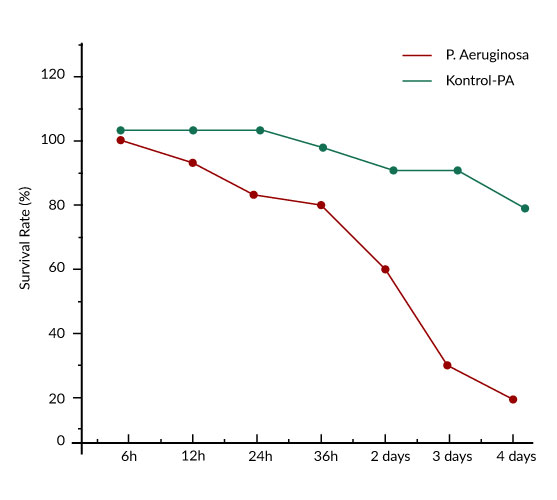
Progress of the Pseudomonas Aeruginosa bacterial survival rate
Bacterial survival rate was significantly lower on photocatalyst applied surfaces versus control for Pseudomonas aeruginosa after second day of application (p<0.01) (P.aeruginosa: 60±8% Control: 95±9%). This difference continued up to the 4th day gradually (3rd day: 35±5%, Control: 90±9%; 4th day 22±5%, Control: 85±8%).
Bacterial Survival Rate – Acinetobacter baumannii
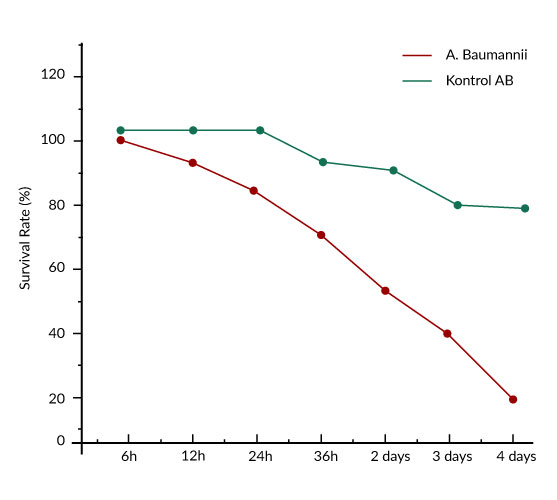
Progress of Acinetobacter Baumannii bacterial survival rate
Bacterial survival rate was significantly lower on photocatalyst applied surfaces versus control for Acinetobacter baumannii after the second day of application (55±7% / 87±8%) (p<0.01). This difference continued up to the 4th day gradually (3rd day:40±5% / 80±8%; 4th day: 15±5% / 78±7%).
Contact Us to request for our lab test reports
Various Applications

Hospitals

Clinics

Household

Public Transport

Restaurant



